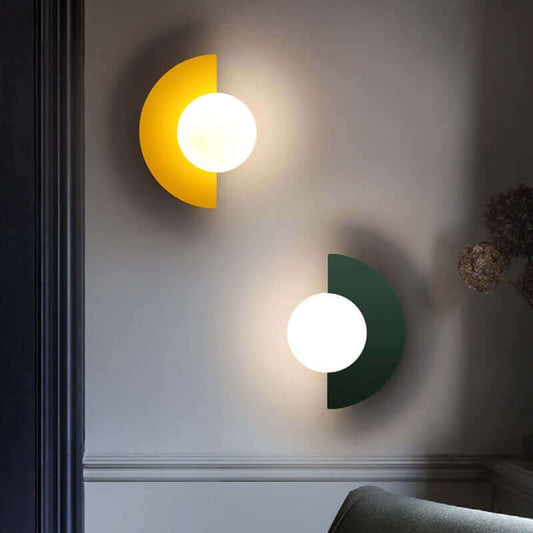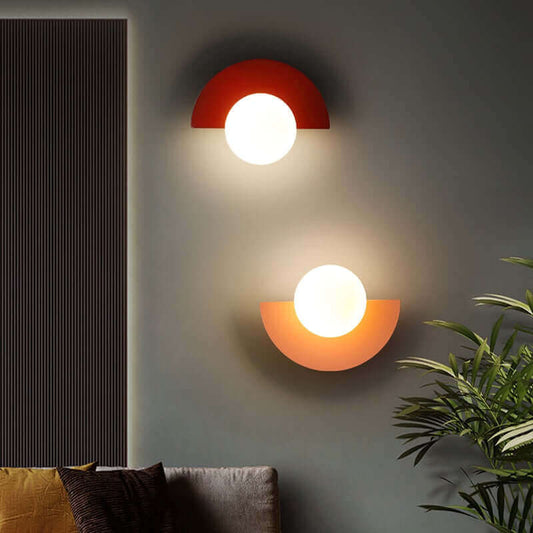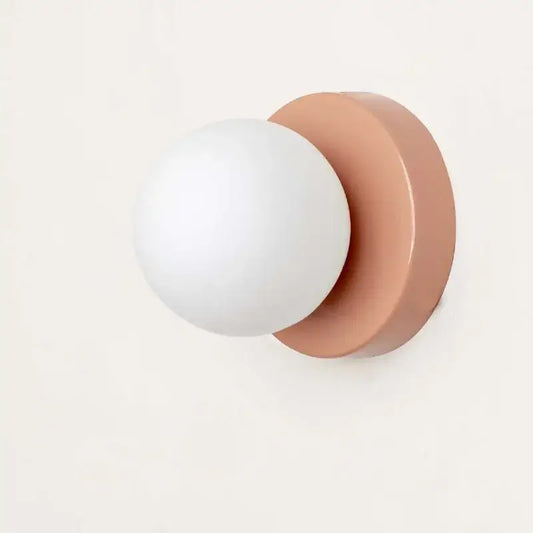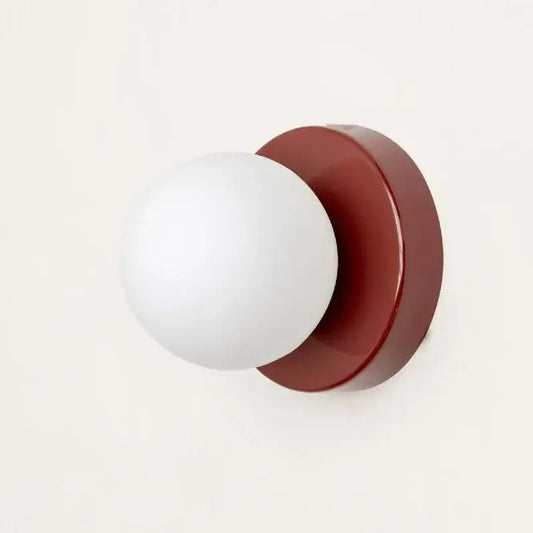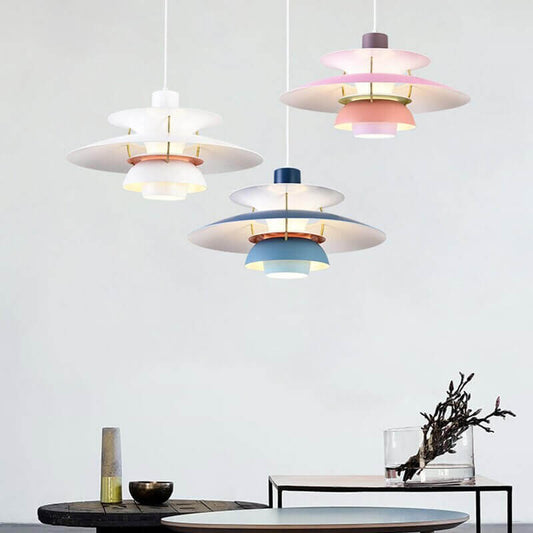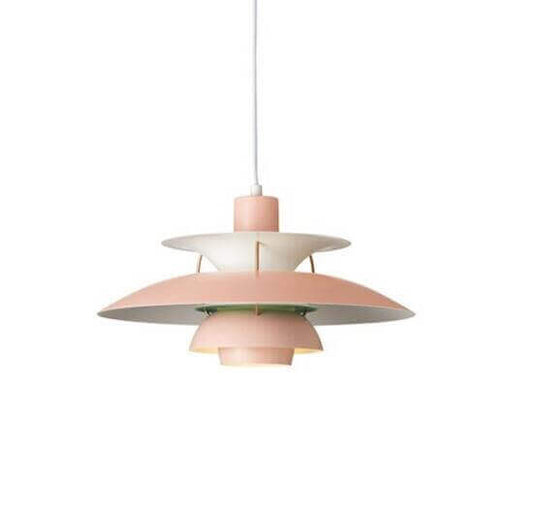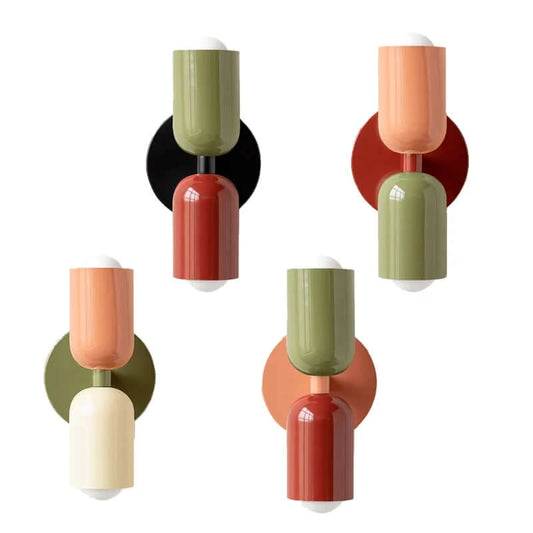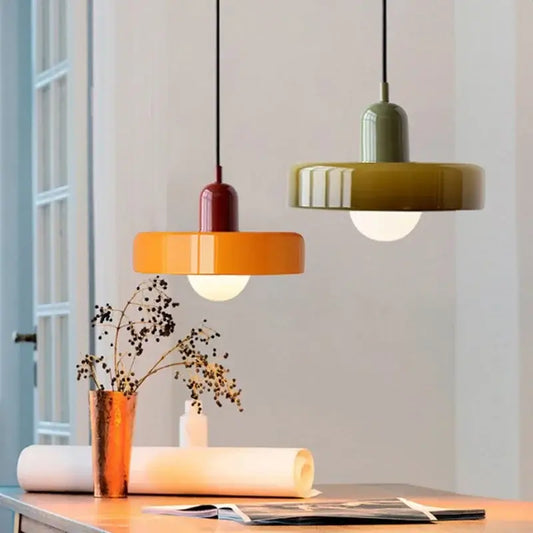The Avant-garde Movement's Impact on Modern Design
The Avant-garde movement, which emerged in the early 20th century, was a cultural and artistic movement that sought to challenge traditional norms and conventions in art, design, and architecture. The movement, which began in Europe, was characterized by its emphasis on experimentation, innovation, and the use of new techniques and materials.
Innovative Design Breakthroughs
In the realm of design, the Avant-garde movement had a significant impact on the development of modern design. The movement rejected traditional forms and styles, instead embracing new and unconventional forms, shapes, and materials, with the goal of creating something new and unique.
One of the key figures in the Avant-garde movement was the Russian artist and designer, El Lissitzky, who was an early advocate of the use of new technologies and materials in design. Lissitzky's work, which included graphic design, typography, and architectural projects, was characterized by its use of geometric shapes and bold, contrasting colors.
Another influential figure in the Avant-garde movement was the Italian designer, Fortunato Depero, known for his use of Futurist techniques in graphic design and advertising. Depero's work featured dynamic compositions, bold typography, and the use of bright, contrasting colors.
Redefining Architecture
In the realm of architecture, the Avant-garde movement had a profound impact, with architects such as Le Corbusier, Walter Gropius, and Mies van der Rohe leading the way in the development of modern architecture. These architects rejected traditional architectural styles and forms, instead embracing new materials and construction techniques to create buildings that were functional, efficient, and expressive.
Industrial Design Revolution
The Avant-garde movement also significantly influenced industrial design, with designers like Raymond Loewy and Dieter Rams creating products that were functional, innovative, and aesthetically pleasing. These designers, among others, discarded traditional forms and styles in favor of new and unconventional designs optimized for mass production.
Enduring Legacy
One of the lasting legacies of the Avant-garde movement is its influence on modern design. The movement's emphasis on experimentation, innovation, and the use of new technologies and materials continues to impact how we perceive design and the built environment. Today, the principles and techniques developed by the Avant-garde still influence designers, architects, and artists worldwide.
However, it's important to note that not all the ideas of the Avant-garde movement were universally successful, and some faced criticism for being too radical and impractical. Moreover, the Avant-garde movement encompassed various regional and temporal manifestations.
In conclusion, the Avant-garde movement was a cultural and artistic phenomenon that emerged in the early 20th century. It left an indelible mark on the development of modern design, architecture, and industrial design. Its emphasis on experimentation, innovation, and the use of new technologies and materials continues to shape the work of designers, architects, and artists globally.
Many of the objects you will find on Nauradika.com have been inspired by Avant-Garde.





